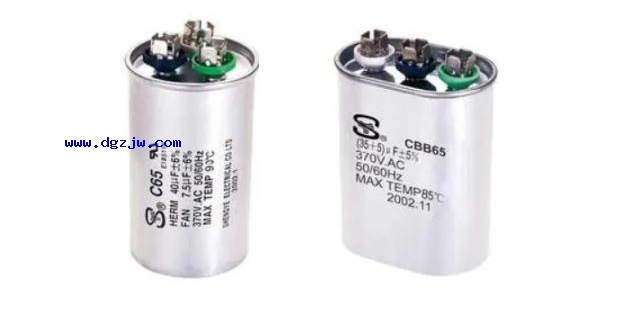How to accept test capacitors
How to accept test capacitors
Although the capacitor has undergone factory tests when leaving the factory, it may be damaged during transportation, loading and unloading. Users must also conduct acceptance tests according to the following contents before use:
(1) Appearance inspection: Check whether the capacitor shell, porcelain sleeve, outlet guide rod, and ground bolts are intact.
(2) Sealing inspection: Check whether there is any leakage, oil or air leakage at each welding and sealing area of the capacitor.
(3) Measuring the insulation resistance of the electrode to the shell: measure it with a 2500 volt megohmmeter, the insulation resistance should be above 1000 megohm.
(4) Measuring capacitor value: Use high-voltage bridge or voltage-amplifier method to measure, the error of the measured capacitor value shall not exceed ±10%; the difference between the maximum and minimum capacitance values between any two ends of the three-phase capacitor shall not exceed ±10%.
(5) AC voltage withstand test: Check whether there are any defects in the structure and manufacturing of the capacitor, and evaluate the capacitor’s short-term overvoltage capability. The AC withstand voltage test voltage of the capacitor is taken out of the factory test voltage 75~85% of the factory test voltage.
(6) Measuring the tangent value of the medium loss: Detection whether the value complies with the relevant standards.
(7) Impact closing test: Assess the capacitor’s inrush current resistance. Perform three closing tests on the capacitor at the rated voltage (the fuse should not be fused when the switch is closed), and the difference in currents of each phase should not exceed 5%.







Leave a Reply
Want to join the discussion?Feel free to contribute!